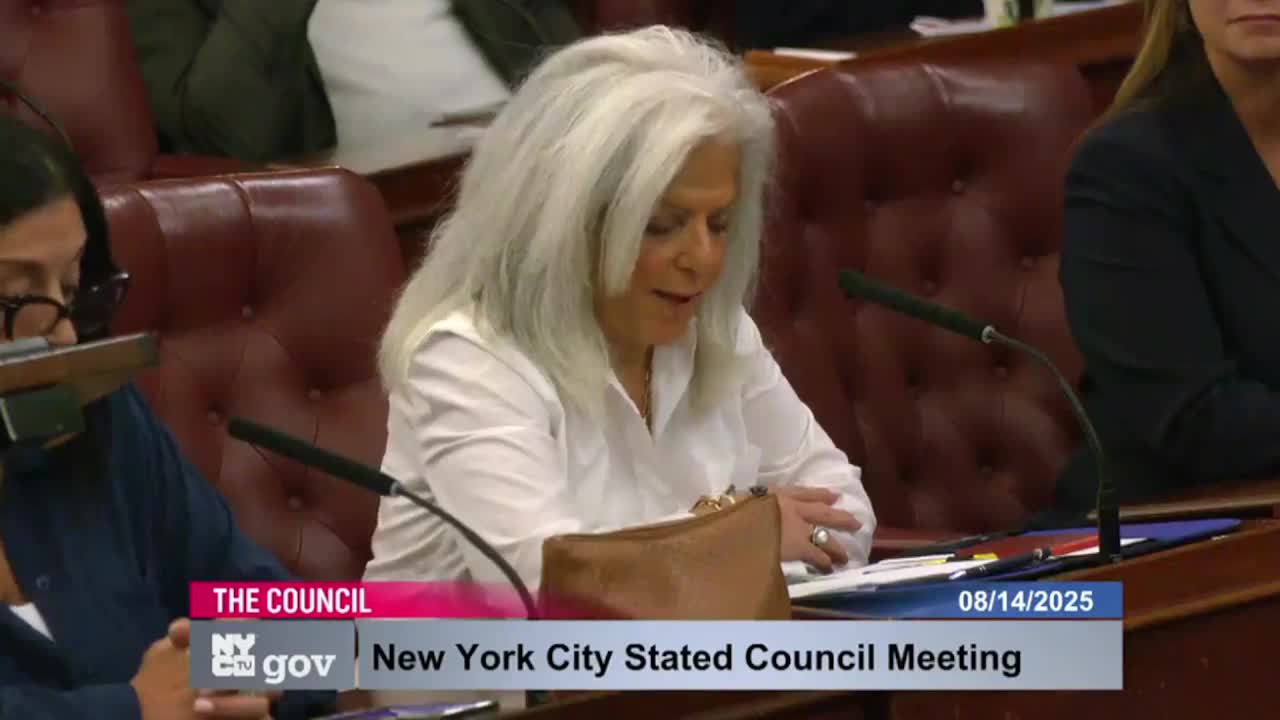New York City Council Proposes Changes to Street Design Regulations for Bike and Bus Lanes
August 14, 2025 | New York City Council, New York City, New York County, New York
Thanks to Scribe from Workplace AI , all articles about New York are free for you to enjoy throughout 2025!

This article was created by AI using a video recording of the meeting. It summarizes the key points discussed, but for full details and context, please refer to the video of the full meeting. Link to Full Meeting
The amendment would repeal formal definitions of these lanes and eliminate the quantitative targets for their installation. However, it is important to note that other aspects of the master plan, such as improvements to pedestrian infrastructure, transit signal priority, accessible pedestrian signals, and intersection redesigns, would remain intact.
Proponents of the legislation argue that the current one-size-fits-all approach to bike lane and bus lane installation can lead to unsafe conditions for cyclists, pedestrians, and drivers. They emphasize the need for greater flexibility in street design, allowing for tailored solutions that consider community needs, traffic flow, and public safety.
Council members expressed their support for the proposal, highlighting the importance of adapting transportation planning to the unique characteristics of different neighborhoods. The discussion underscored a shift towards a more customized approach to urban infrastructure, aiming to enhance safety and accessibility for all road users.
As the council moves forward, the implications of this legislation could reshape how New York City approaches its transportation planning and street design, prioritizing community-specific needs over rigid numerical targets.
Converted from 🔴 LIVE: Watch New York City Council's 8/14 Stated Meeting, Live from Council Chambers in City Hall meeting on August 14, 2025
Link to Full Meeting
Comments
View full meeting
This article is based on a recent meeting—watch the full video and explore the complete transcript for deeper insights into the discussion.
View full meeting
